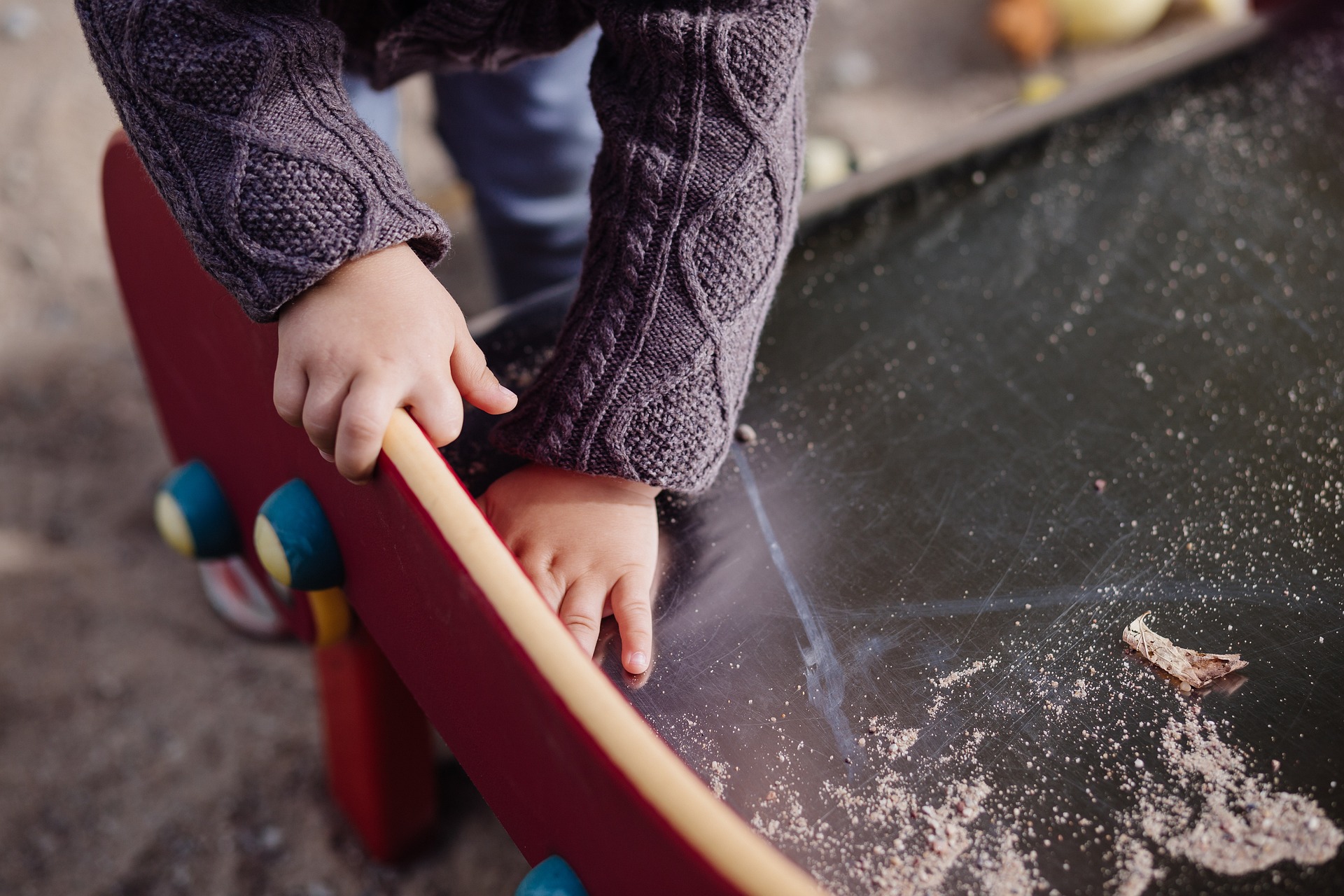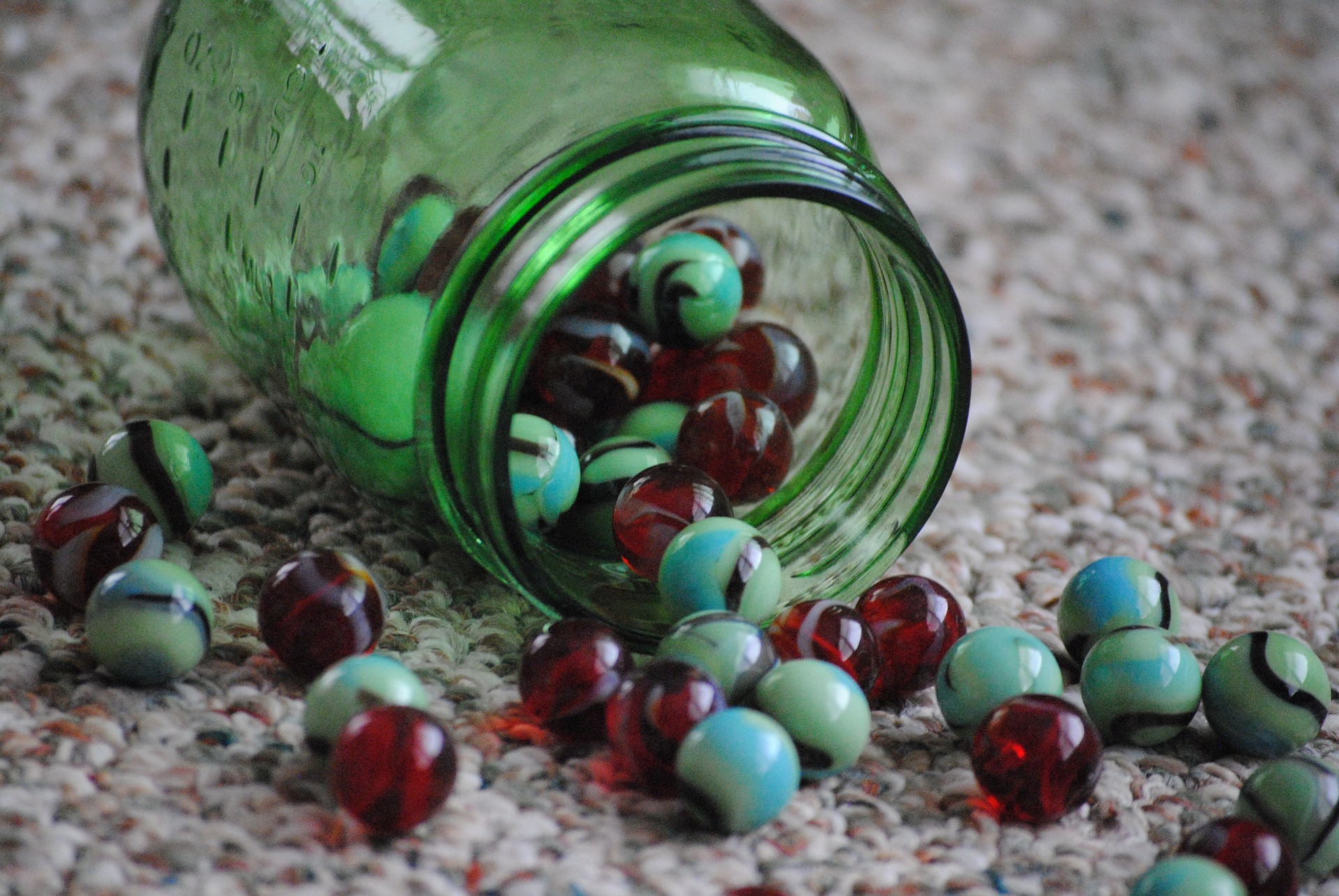Learning Environment and Resources
Completion requirements
Empowering children to keep themselves and others safe
|
As children move through early years, they need to develop a sense of responsibility for themselves, others and their environment. You should support children in developing the skills they need to identify and evaluate risks, and strategies
to protect themselves and others. |



Here are examples of how you can support children in developing responsibility for their own and others’ safety. They are reflected in learning statements across the Personal, Social and Emotional Development curriculum:
- Talk together about hazards, risks and safe behaviour, including generally in your setting, during particular activities and when using particular resources such as scissors. For example:
- Have clearly defined areas for different types of activities, and rules for travelling between them
- Have rules for using scissors, including:
- what not to cut with them (hair, fingers, clothes)
- not to walk with them
- how to hold them on a rare occasion when they have to walk with them.
- Have rules for appropriate clothing, including:
- wearing protective clothing during messy activities, such as painting or playing in the water tray
- wearing appropriate footwear for outdoor activities.
- Have rules for using digital devices, and pictorial safety messages, in areas where computers are used:
- not walking around while using digital devices
- keeping liquids away from devices
- being aware of cables
- appropriate treatment and handling of devices
- the importance of taking rest breaks away from screens.
- Encourage and support children to tidy up after themselves without prompting. For example:
- Put picture labels on storage boxes, shelves, drawers, etc. to encourage children to put resources away that might otherwise become trip hazards.
- Have materials available for children to use to mop up small spills independently.
- Make sure children know to always ask an adult for help if they are not able to remedy a hazard by themselves. For example, a big spill that they are unable to mop up independently.
- Give children feedback on their behaviour, including praise for safe behaviour.